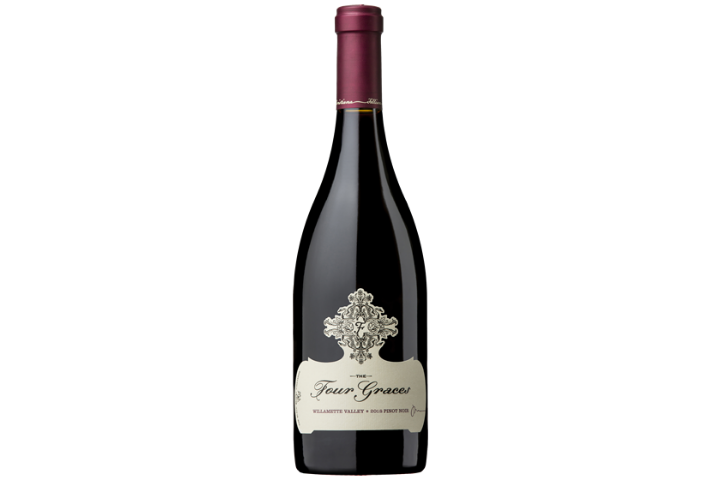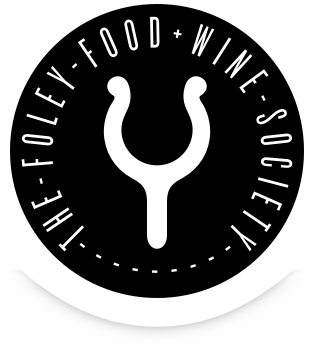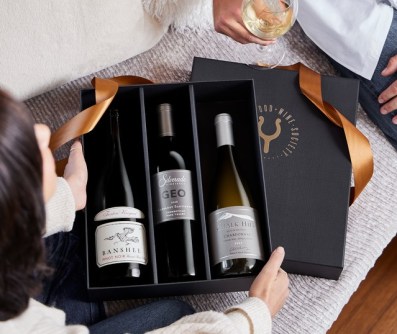We’ve got The Beatles stuck in our head. Instead of “Here comes the sun,” we’re singing, “Here come the grapes, little darlin’…” Harvest began last month, and since we last chatted with her, Kara Maraden, Director of Viticulture at Foley Family Wines, has been incredibly busy.
No doubt by now, FFWS members have seen the headlines coming out California and the Pacific Northwest concerning the fires. We count our lucky stars for all the incredible first responders and brave firefighters who do everything they can to save communities and lives.
The conditions (on top of the pandemic) create challenges for harvest workers, but there’s good news for grapes: they are truly resilient. One way to know if the grapes you’re harvesting are in good condition is to do something called a “micro-ferment,” which is to take a few bunches of grapes off a vineyard that you’re planning to harvest soon, and in small plastic bins, make wine from just those bunches.
The fermentation lasts a few days, and once it is complete, the newly-crafted (tiny batch) wine can be tasted and analyzed for any issues. So, knowing how busy Kara is, we’re glad she could give us any update!
In the Q&A below, Maraden gives us the latest scoop on harvest 2020.
FFWS: When did harvest officially begin?
Kara Maraden (KM): Monday, August 17, was our first harvest date this year! We picked some Merlot for rosé and some Sauvignon Blanc in Rutherford.
FFWS: What is a typical day like for you during harvest?
KM: I spend a good bit of my time in the office these days watching the fruit come in through our harvest software. We have sophisticated scales in our wineries and in the field, all hooked up to laptops so that everything we weigh can be kept track of in the cloud. I can then see everything that is being picked across three states in real-time. Far from my early days in viticulture when I was out there all night as a weighmaster or picking leaves out of bins!
FFWS: The last few weeks have seen unusual weather and heat spikes. What do you do in the vineyard to mitigate the sudden rise in temperatures?
KM: When an extended heat spike is forecasted, we try to make sure that the vines have been watered well, giving them the upper edge during any heat spell.
FFWS: As grapes come in from the vineyard to the winery, what do you need to do for the vineyard right after the grapes are gone from the vine?
KM: We will water for an extended period of time and add a post-harvest fertilizer to this water. This is so that we can replace some of the major N_P_K (nitrogen, phosphorus, and potassium) that goes out with the crop and this season’s canopy.
FFWS: You work with the California Sustainable Winegrowing Alliance, and all your vineyards and wineries are Certified California Sustainable. What are some of the protocols that you are required to follow to maintain membership and certifications?
KM: The CSWA holds us to a standard of sustainability in our vineyards and our organization. We have to keep track of our water and nitrogen use, we can’t use certain pesticides, and we have to take care of our watersheds. We have to do an audit and have continual improvements every year.

FFWS: What should we be drinking right now in honor of your hard harvest work?
KM: How about a pinot noir, like The Four Graces, or Cabernet from any of our FFW labels? We’re just about ready to start harvesting grapes for red wine production, so that should be the wine in your glass!




